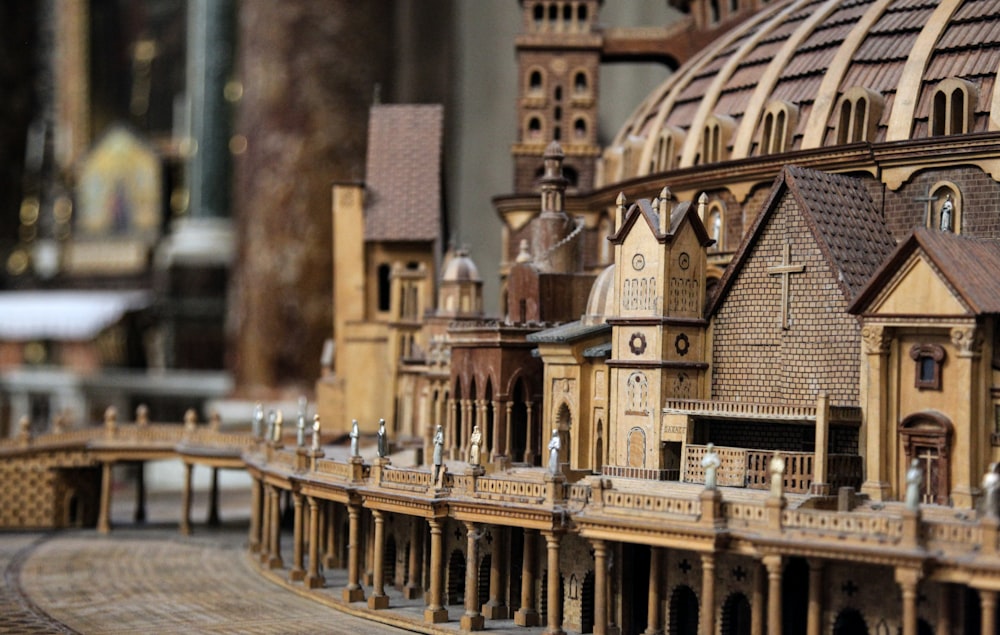Exploring the World of Architectural Model Mastery
In the realm of architecture, the journey from concept to reality is often a complex and intricate process. Architects and designers harness the power of imagination, technical expertise, and creativity to bring their visions to life. Central to this journey is the art of architectural modeling—a process that bridges the gap between abstract ideas and tangible structures. Let’s delve into the fascinating world of architectural model mastery, exploring its significance, techniques, and impact on the built environment.
The Significance of Architectural Models
Architectural models serve as indispensable tools in the design and development of buildings and urban spaces. They provide architects, clients, and stakeholders with a tangible representation of proposed structures, allowing them to visualize spatial relationships, proportions, and design details. These models serve as communication aids, facilitating discussions and decision-making processes throughout the design phase. By translating abstract concepts into physical form, architectural models play a crucial role in conveying the architect’s vision and ensuring alignment among project stakeholders.
Techniques and Materials
The creation of architectural models requires a blend of artistry, precision, and technical skill. Architects employ a variety of techniques and materials to craft detailed and accurate representations of their designs. Traditional methods such as handcrafting and model making continue to be valued for their craftsmanship and attention to detail. Skilled artisans meticulously sculpt materials such as wood, foam, and cardboard to bring architectural visions to life.
In recent years, advancements in technology have revolutionized the field of architectural modeling. Computer-aided design (CAD) software enables architects to create intricate digital models with unprecedented precision and complexity. These digital models can be rendered in three dimensions, allowing for virtual exploration of proposed spaces and structures. Additionally, rapid prototyping technologies such as 3D printing have streamlined the process of producing physical models, offering architects greater flexibility and efficiency in their workflow.
From Sketch to Scale
The journey from concept to reality begins with the architect’s initial sketches and drawings. These early-stage designs serve as the foundation for the development of architectural models. Through a process of iteration and refinement, architects translate their ideas into three-dimensional form, carefully considering factors such as scale, proportion, and spatial organization.
Architectural models come in various scales, ranging from small-scale study models to large-scale presentation models. Each scale serves a specific purpose, allowing architects to explore different aspects of their design in detail. Small-scale models are ideal for concept development and experimentation, while large-scale models provide a more immersive and detailed representation of the proposed structure.
Impact on the Built Environment
The impact of architectural models extends beyond the design process, influencing the built environment and shaping the way we experience architecture. These models serve as visual narratives, telling the story of a building’s conception, evolution, and realization. They provide valuable insights into the design intent and spatial qualities of a structure, helping to foster a deeper appreciation for architectural craftsmanship and innovation.
Moreover, architectural models play a vital role in public engagement and education. Exhibitions and displays showcasing architectural models offer the public an opportunity to explore and interact with proposed designs, fostering dialogue and feedback. By engaging with architectural models, individuals gain a greater understanding of the built environment and its impact on society.
Conclusion
Architectural model mastery represents the intersection of art, science, and imagination. From concept sketches to intricate physical or digital representations, these models embody the creative vision and technical expertise of architects and designers. As we continue to push the boundaries of architectural innovation, the art of modeling will remain an essential tool for transforming abstract ideas into tangible realities. Read more about architectural model





